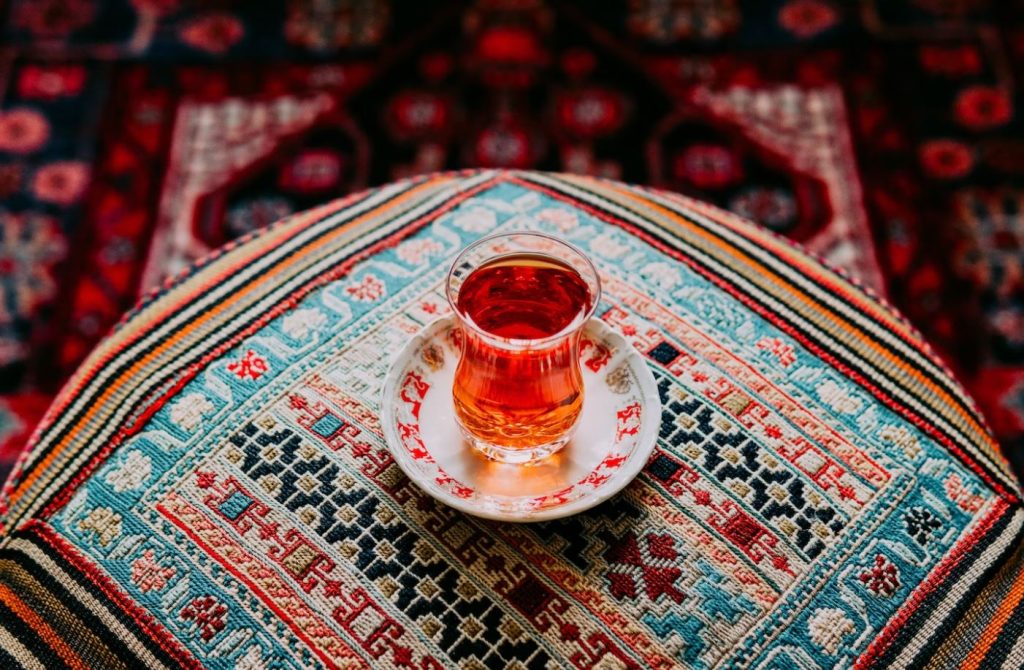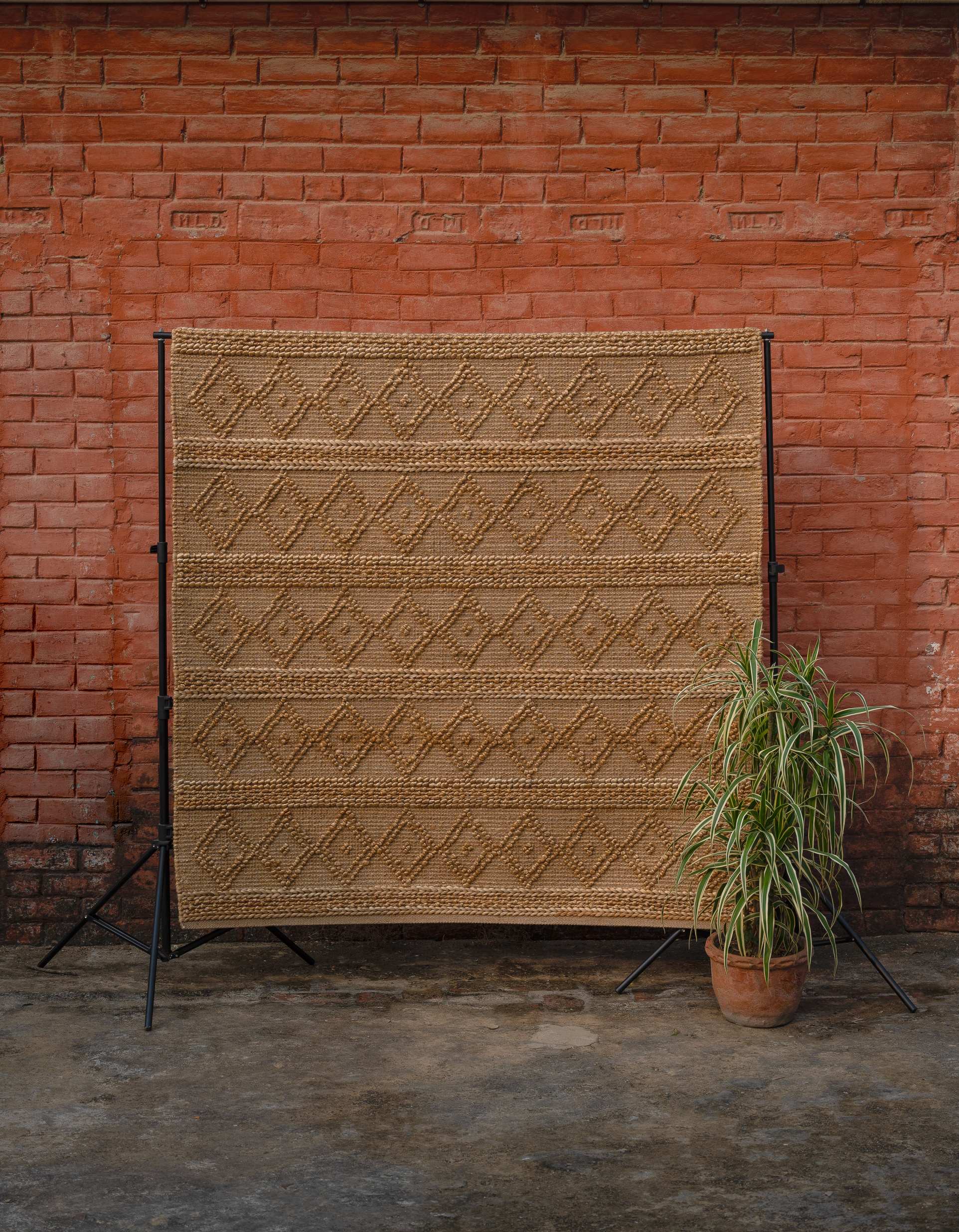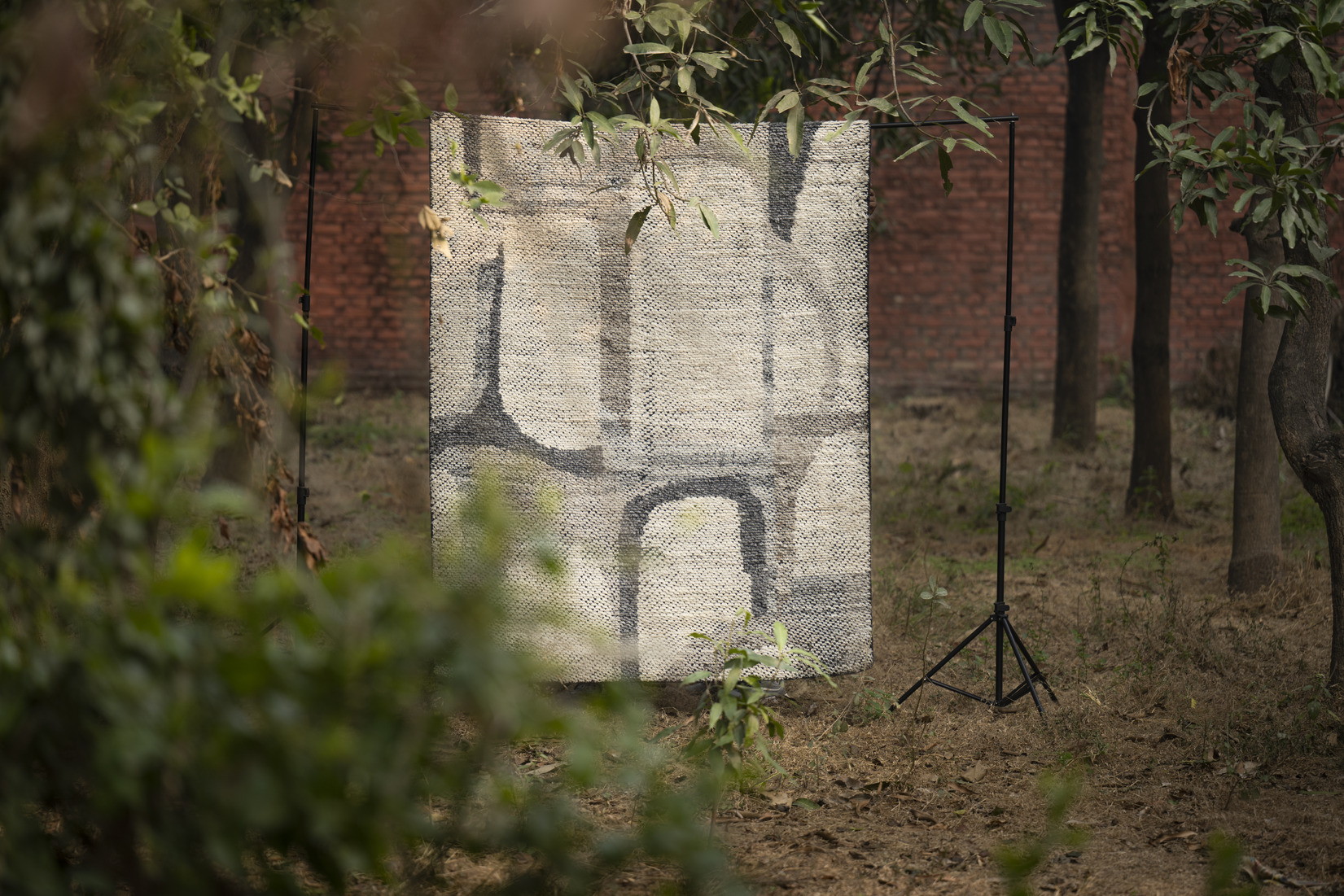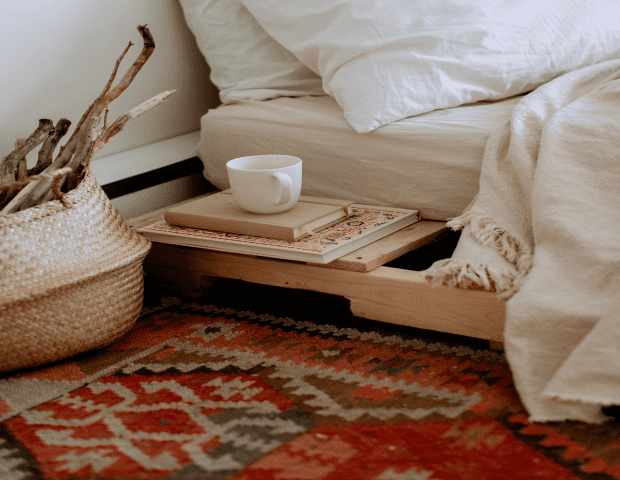- January 7, 2024

A Brief History of The Artistry and Craftsmanship of Handmade Rugs
Ever wondered where the artistic journey of rugs began?
While rugs today are more than just floor coverings, the legacy of ancient artisans and their handwoven rugs dates back centuries. From finding a rug in a frozen Siberian tomb to digitally designing patterns to replicate on the loom. Rug-making has evolved through epochs and empires to serve the needs of function and aesthetics. In this blog, we discuss the origins of the craft of rug-making, the evolution of its techniques, styles, and cultural significance worldwide.
Rugs through Dynasties: The world’s oldest known hand-knotted eastern carpet, the Pazyryk rug, is a remarkable display of intricate designs with a knot density comparable to modern handmade rugs. Dating around the 4th-3rd centuries BC, the rug is completely made out of wool and is a clear indication of the skills of the artisans from a millennia ago.
While rugs today are more than just floor coverings, the legacy of ancient artisans and their handwoven rugs dates back centuries. From finding a rug in a frozen Siberian tomb to digitally designing patterns to replicate on the loom. Rug-making has evolved through epochs and empires to serve the needs of function and aesthetics. In this blog, we discuss the origins of the craft of rug-making, the evolution of its techniques, styles, and cultural significance worldwide.
Origins of Rug-Making
The journey of rug-making history dates back millennia. With early tribes crafting primitive rugs out of pure necessity, their floor coverings were made of reeds and grass for warmth. Evolving into more structure, nomadic tribe members from 5000 years ago weaved rugs from camel, sheep, and goat hair. While the exact origin of rugs and weaving methods cannot be pinpointed because of deterioration and destruction, the techniques in practice were always evolving. From flat-weaving to loop-weaving, hand-woven rugs saw a shift in their development owing to the culture, tradition, and technology at hand.Rugs through Dynasties: The world’s oldest known hand-knotted eastern carpet, the Pazyryk rug, is a remarkable display of intricate designs with a knot density comparable to modern handmade rugs. Dating around the 4th-3rd centuries BC, the rug is completely made out of wool and is a clear indication of the skills of the artisans from a millennia ago.
-
- 6th to 4th Century BCE: Achaemenid Era – While there are no rugs that survived the Achaemenid era, i.e., the First Persian Empire, their process created a historical impact on the evolution of Persian rugs. The rugs of this era had a complex pattern with the highest quality of craftsmanship and laid the steps for Persian rugs to flourish.
-
- 8th to 14th Century: Islamic Golden Age – The Islamic Golden Age of advanced cultural and economic advancements saw the revolution of rug-making techniques like weaving, dyeing, and artistic motifs. Introducing geometric designs, floral patterns, and calligraphy into rugs, the most distinctive feature of this age was the arabesque motif inspired by intertwined plants and geometric forms. Expanding throughout the Middle East, including Anatolia, the Caucasus, and North Africa, the styles evolved.
-
- 14th to 20th: Ottoman Empire – Absorbing diverse cultures to foster a rich rug-making heritage through three continents, the Ottoman Empire influenced rug production and trade greatly. The empire court encouraged skilled weavers and craftsmen and facilitated European exports thanks to its strategic location.Their rugs feature a blend of geometric and curvilinear designs, bold colors, and unique Turkish knotting techniques, influencing the trajectory of rug-making heavily.
- 16th Century: Safavid Dynasty – The Safavid rulers ardently supported the flourishing art of Persian rug-making, transforming it into a prestigious industry. By establishing royal workshops and attracting the finest artisans from the empire, these regions became established rug-making centers known for their intricate floral designs and fine silk carpets.
- 16th to 19th Century: Mughal Empire – Persian artisans and weavers brought by the Mughals in the Indian subcontinent introduced a fusion of Indian and Persian rug styles that created unique and exquisite Indian rug designs. The rug-making centers flourished to create finely woven rugs with combined Indo-Persian motifs with intricate designs, vibrant colors, and a diverse artistic tradition under the Mughal Patronage.
- 17th to 20th Century: Qing Dynasty – With a focus on craftsmanship and artistic innovation, Beijing became a center for imperial rug production in China, featuring designs with silk and gold thread. Known for rich symbolisms, like geometric patterns, bold colors, dragons, phoenixes, and flowers, the rugs reflected traditional auspicious messages and their culture’s significance of being harmonious with nature.
- 20th Century and Beyond – With technological advancements such as synthetic dyes, modern looms, and digital printing, along with art movements like Art Deco, Bauhaus, and Art Nouveau, rug production changed its course in the modern world. The exchange of ideas and designs by blending heritage with contemporary designs has expanded the designs, colors, and precision of the rug-making techniques to reflect a balance between the old and new.
Beginning of New Epochs
The story of rug-making is an enchanting journey from the humble reeds to the opulent silk creations for imperial courts. Evolving with human culture and technology, the rugs of today request creative endeavors that speak the language of the people. As a Dubai-born brand, Yarns of the East has evolved to create rugs from artisans across India, Nepal, and Iran to deliver these rugs to future generations. Whatever your choice of rug, it can be made on order as desired. By choosing #RugsThatRepresent communities and elevating their socioeconomic well-being, you also choose a rug that delivers on the promise of being sustainable.
Visit Yarns of the East to customise your rug as desired.
Ciao, Until next time…
Stay In The Loop
Subscribe to our monthly newsletter and get inspired by the craftmanship and catch the latest trends in handmade rugs

Similar Stories

Handmade Rugs: More than just floor coverings
In this first edition of yote. stories, we’ll shed some light on how the use of rugs have evolved over time from being a precious item to now being a household utility that offers both functional and a decorative element.
March 21, 2023

Unraveling the Threads of Time: The Fascinating and Surprising History of Rugs
Dive into the fascinating history of rugs in our latest blog. Uncover the rich tapestry of rug origins and cultural significance.
March 21, 2023
Tagged Blog